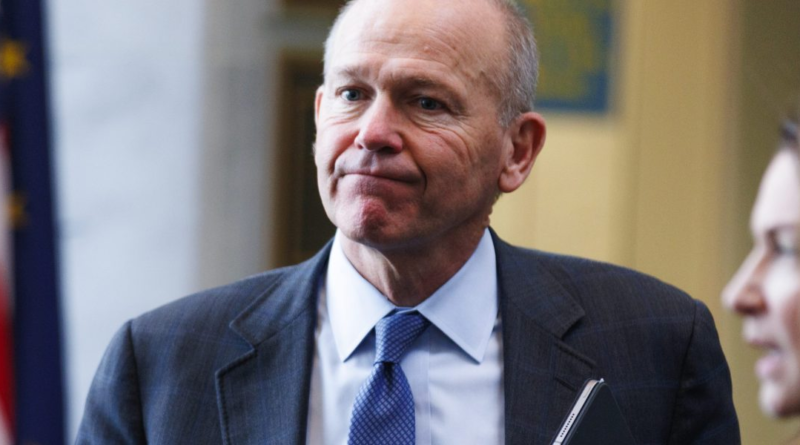Boeing slapped with 90-day ultimatum for plan to fix 'systemic' quality-control issues by FAA
US regulators issued an ultimatum to Boeing Co. in the wake of a near-catastrophic accident last month, giving the US plane manufacturer 90 days to devise a plan to fix what it called “systemic” quality-control issues.
“Boeing must commit to real and profound improvements,” Federal Aviation Administration Administrator Mike Whitaker said in a statement Wednesday, a day after an extensive meeting with Boeing Chief Executive Officer Dave Calhoun. “Making foundational change will require a sustained effort from Boeing’s leadership, and we are going to hold them accountable every step of the way, with mutually understood milestones and expectations.”
The deadline follows a blunt assessment this week of shortfalls in Boeing’s safety culture from a panel of experts who issued their report after a yearlong study. The report, commissioned by Congress in late 2022, found that steps the planemaker had taken to bolster safety following two 737 Max crashes weren’t working as intended and cautioned of a “disconnect” between senior executives and other workers.
In his meeting with Calhoun and top Boeing safety executives, Whitaker said the plan must incorporate results from the safety-culture report along with the forthcoming results of an FAA production-line audit. Boeing must also evolve its Safety Management System program, established in 2019 in response to the crashes, and integrate this with a quality management system that applies the same level of oversight to suppliers. Play Video
“Boeing must take a fresh look at every aspect of their quality-control process and ensure that safety is the company’s guiding principle,” Whitaker said.
While Whitaker chose strong words to fault Boeing, he didn’t resort to some of the harsher measures at his disposal, like halting 737 Max deliveries outright. That gave investors some reason for optimism, sending the shares up as much as 3.2% in US trading.
The outcome of Calhoun’s meeting with agency officials “could have been worse, the FAA could have imposed a plan,” said George Ferguson, an analyst with Bloomberg Intelligence.
Boeing has a “clear picture of what needs to be done,” Calhoun said in an emailed statement, citing the employee feedback gained through quality stand-downs in its factories, findings from the unfinished FAA audit and the expert review panel report.
“Transparency prevailed in all of these discussions,” Calhoun said. “Boeing will develop the comprehensive action plan with measurable criteria that demonstrates the profound change that Administrator Whitaker and the FAA demand. Our Boeing leadership team is totally committed to meeting this challenge.”
Factory Presence
Boeing has faced heightened scrutiny from regulators, lawmakers and customers after a fuselage panel covering an unused door flew off while an Alaska Airlines 737 Max was airborne on Jan. 5. Investigators later determined the jet was delivered without four bolts needed to lock the door plug in place.
Whitaker has visited Boeing’s Seattle-area 737 factory in recent weeks, while Calhoun has made multiple public apologies. The FAA administrator has already taken the highly unusual step of capping output of the Boeing narrowbody until he’s satisfied Boeing has full control over the quality of work in its factories and those of its suppliers.
The US regulator has teams of inspectors auditing work at Boeing and suppliers like Spirit AeroSystems Holdings Inc., which builds most of the 737 airframe in Wichita, Kansas. Work should wrap up on the review of the planemaker’s production and manufacturing systems in the coming weeks, the FAA said. An investigation of Boeing’s “alleged noncompliance” is also under way.
Boeing has stepped up inspections since the Alaska Airlines near-miss, while adding new protocols to document when a door plug is removed within its factories. The planemaker has also deployed more employees to Spirit and added inspections of the work done there before the 737 fuselages are shipped by rail to Seattle.
The planemaker has also shaken up the executive ranks of its commercial division, placing Katie Ringgold in charge of the 737 program, while promoting Elizabeth Lund to a new post as senior vice president of quality that also gives her oversight of companywide initiatives.




